Monte Amaro
2017
You may also like
2023
Scanno. The Church of San Rocco
The Church of San Rocco, known as the Madonna del Carmine is located in Scanno. It is also called the Madonna del Carmine, because since 1784 it has been the seat of a confraternity of the same name
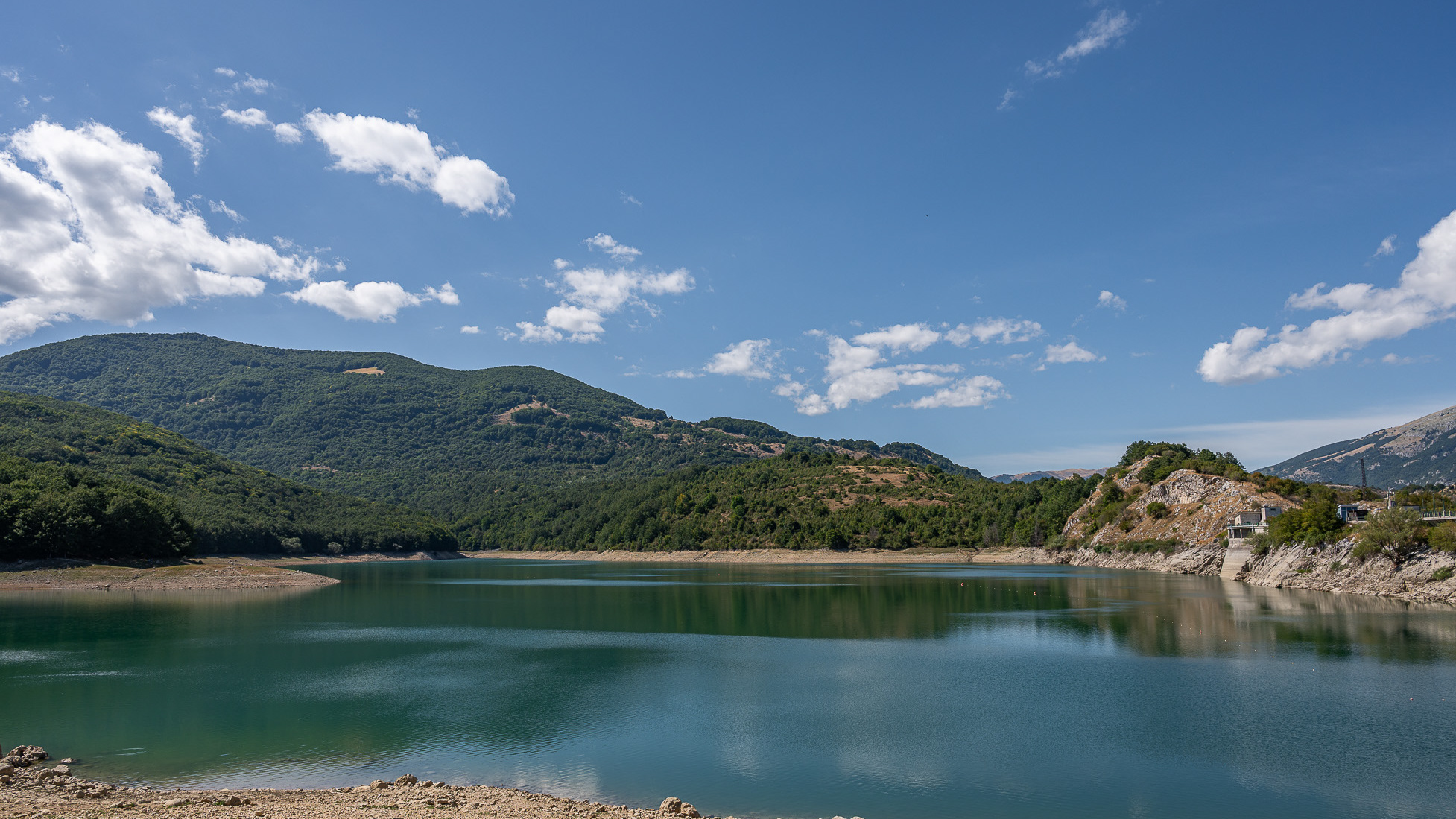
2023
Alfedena. The Montagna Spaccata lake
The Montagna Spaccata lake is a small artificial lake on the southern borders of Abruzzo. It is located entirely in the province of L'Aquila, in the municipality of Alfedena.
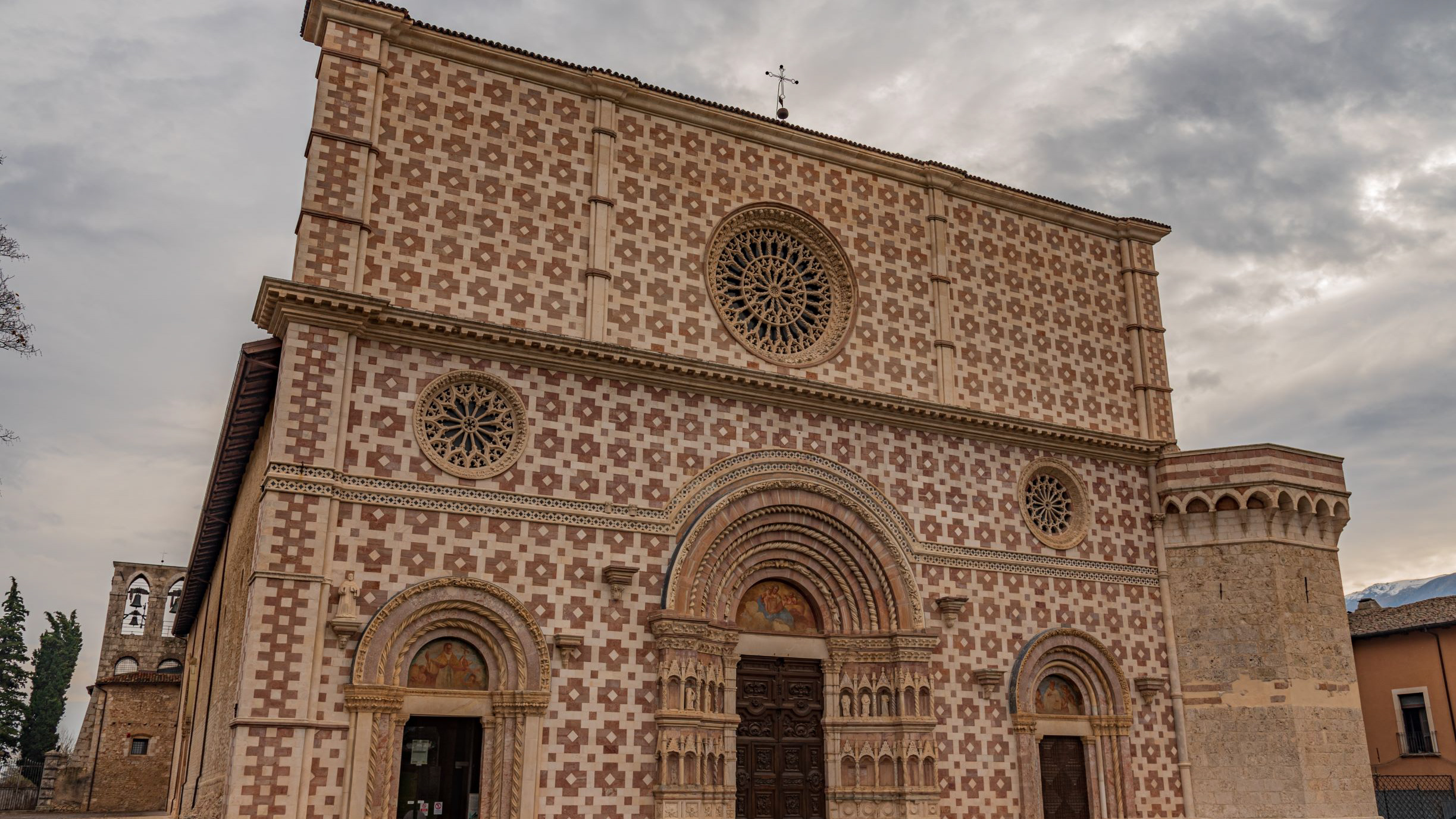
2020
L'Aquila. Basilica of Santa M. di Collemaggio - 2019
The Basilica of Santa Maria di Collemaggio is a religious building in L'Aquila, located just outside the city walls, on the homonymous hill. Founded in 1288 at the behest of Pietro da Morrone - here crowned pope with the name of Celestino V on 29 August 1294 - it is considered the highest expression of Abruzzo architecture as well as the symbol of the city and was declared a national monument in 1902. It is the seat of an annual jubilee, the first in history, established with the Bull of Forgiveness of September 29, 1294 and known as the Celestinian forgiveness. Inside there are the mortal remains of the Holy Pontiff Celestine V.
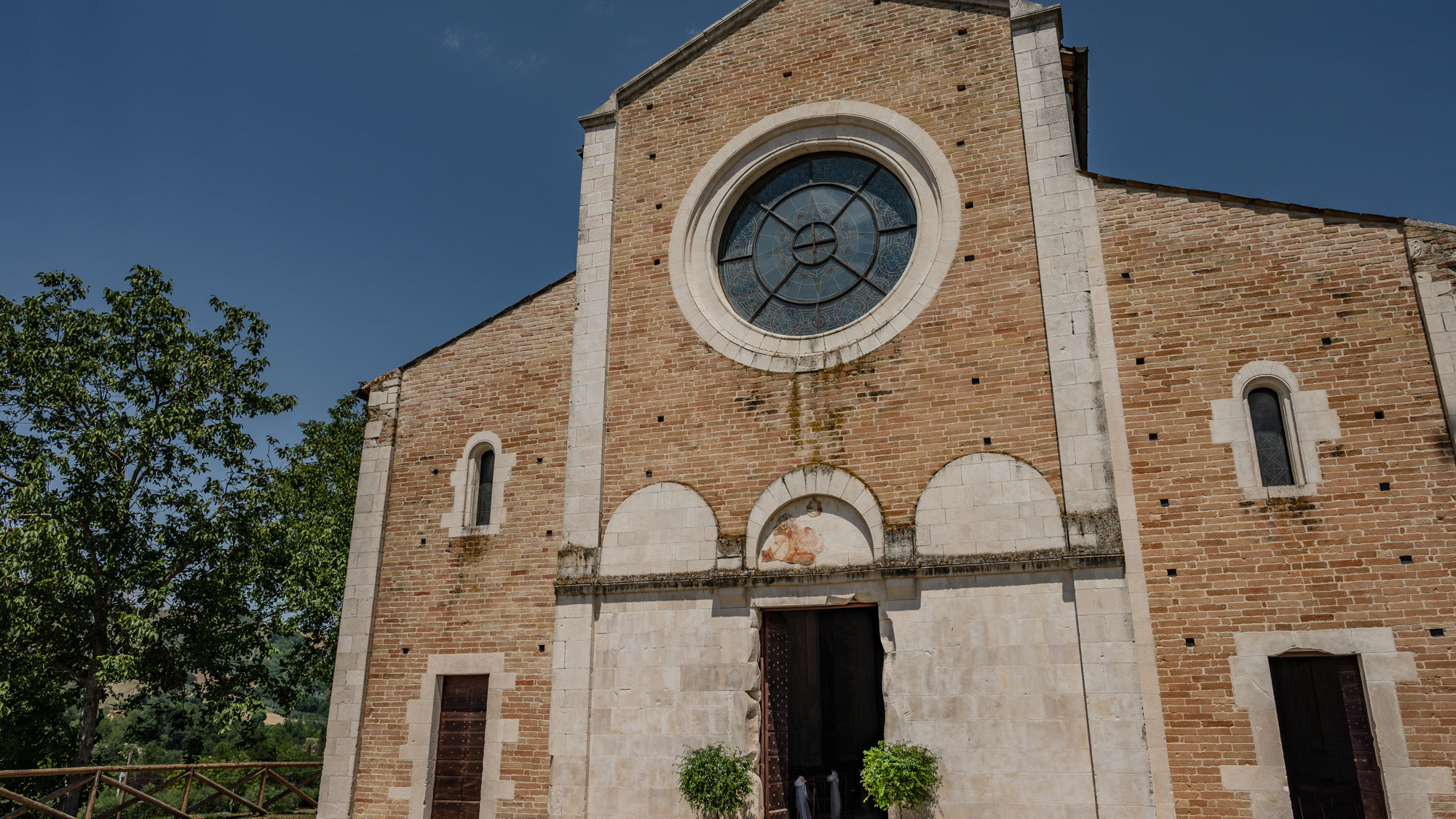
2024
Castel Castagna. The church of Santa Maria di Ronzano
The church of Santa Maria di Ronzano stands on a hill in the Mavone valley. The building belonged to the abbey monastic complex of the Benedictine order who also had the convent here.
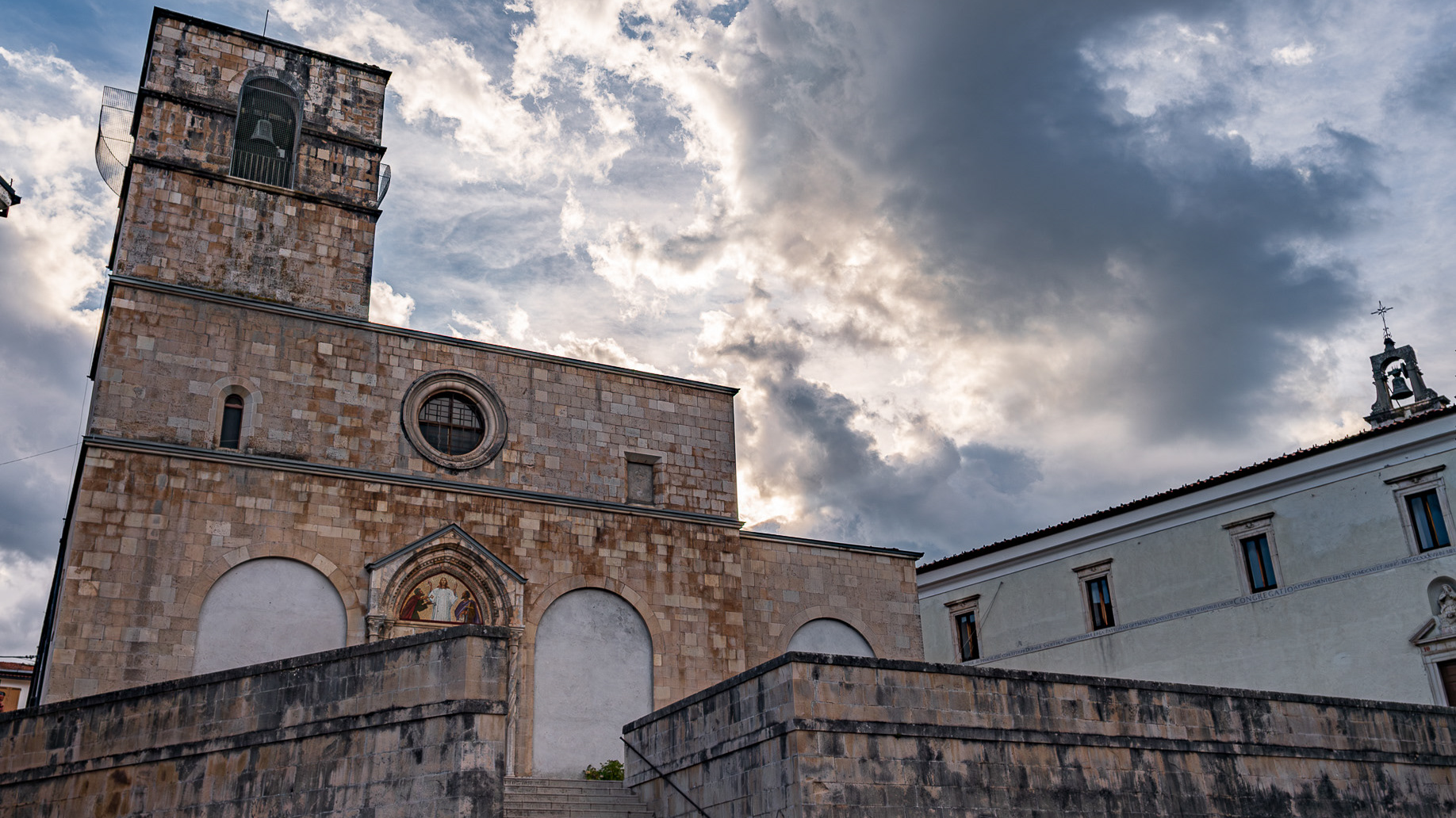
2023
Alfedena. Church of Saints Peter and Paul
Church of Saints Peter and Paul (13th century), is located in the western part of the town, in Largo Don Filippo Brunetti, is characterized by a Romanesque-inspired façade (13th century), was restored following the damage of the Second World War. The interior of the church is the result of the reconstruction in 1954. The large mosaics on the facade and inside were created by Fausto Conti in the 1950s.
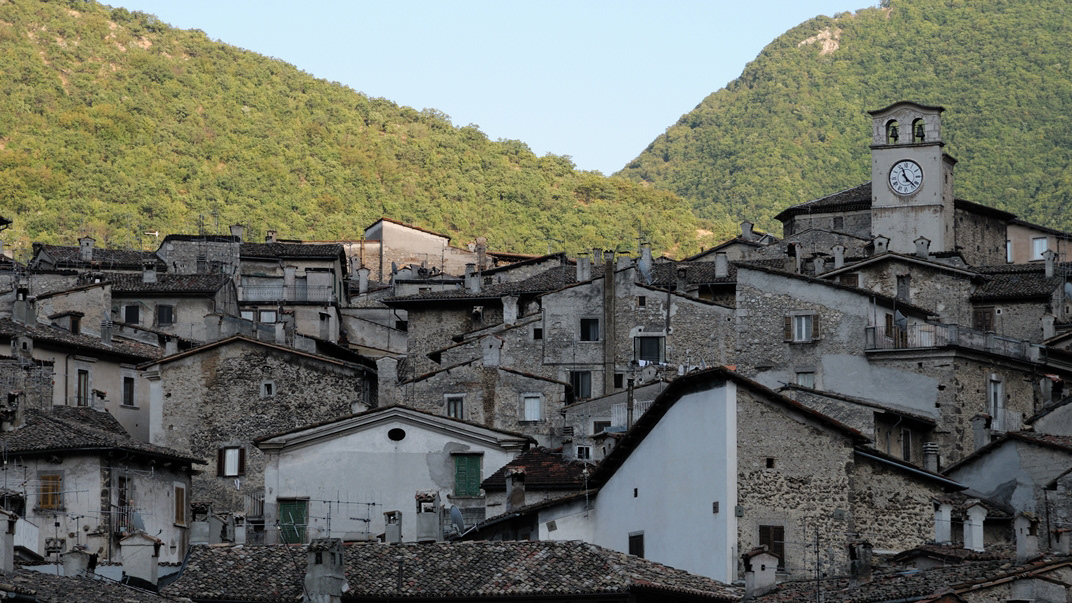
2009
Scanno (AQ)
Scanno (Scannë in Abruzzo) is an Italian town of 1 883 inhabitants located in the province of L'Aquila, in Abruzzo. The municipal territory, surrounded by the Marsicani Mountains, is partly included within the borders of the National Park of Abruzzo, Lazio and Molise and is in turn part of the Peligna mountain community. It is an important winter and summer resort and is part of the club The most beautiful villages in Italy. In the surroundings there are the homonymous lake, which however belongs for three quarters to the municipality of Villalago, the ski resorts of Passo Godi and Monte Rotondo, the plateaus of Monte Greco and Lake Pantaniello, as well as the natural reserve of the Sagittario Gorges. Scanno is also known as the City of Photographers; a place much appreciated by many Italian and foreign authors. Throughout the twentieth century, its unmistakable views and its people were the subjects of many famous shots taken by Hilde Lotz-Bauer, Henri Cartier-Bresson, Mario Giacomelli, Renzo Tortelli, Gianni Berengo Gardin, Ferdinando Scianna, Mario Cresci and many others . In 1964 it was a photograph taken in Scanno by Mario Giacomelli that became part of the prestigious collection of photographic works of the Museum of Modern Art in New York. This image is known as The Scanno Boy, or Scanno Boy.
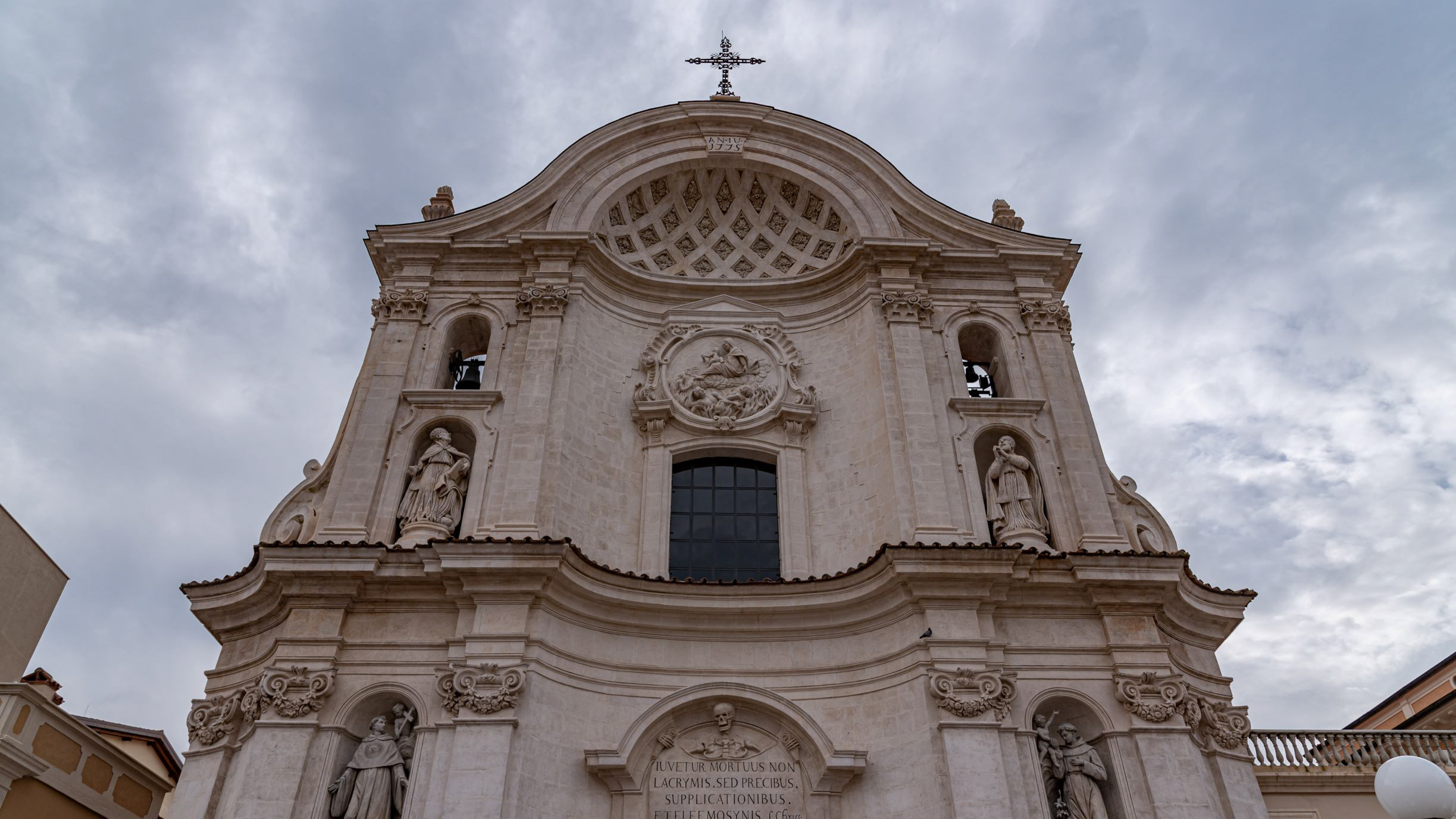
2020
L'Aquila. Church of Santa Maria del Suffragio - 2019
Built starting in 1713 for the victims of the earthquake of 1703, it is the symbol of the eighteenth-century reconstruction of the city and represents the maximum expression of the religious architecture of L'Aquila in the eighteenth century.

2024
Morro D’Oro. Church of SS. Salvatore
At the entrance to the town of Morro D'Oro (Teramo), 210 m above sea level, there is the Church of SS.mo Salvatore. It is also dedicated to St. Nicholas of Bari, patron saint of Morro D'Oro
2023
Pescara. La Nave fountain
One of the best-known and most identifying city monuments, the La Nave fountain was created by Pietro Cascella in 1986 in travertine marble. It was inaugurated on 4 July 1987
2022
Civitella del Tronto. The Church of S. M. degli Angeli
Wedged between the alleys of the village, the Church of Santa Maria degli Angeli in Civitella del Tronto is, according to some historical sources, the oldest church in the town.
